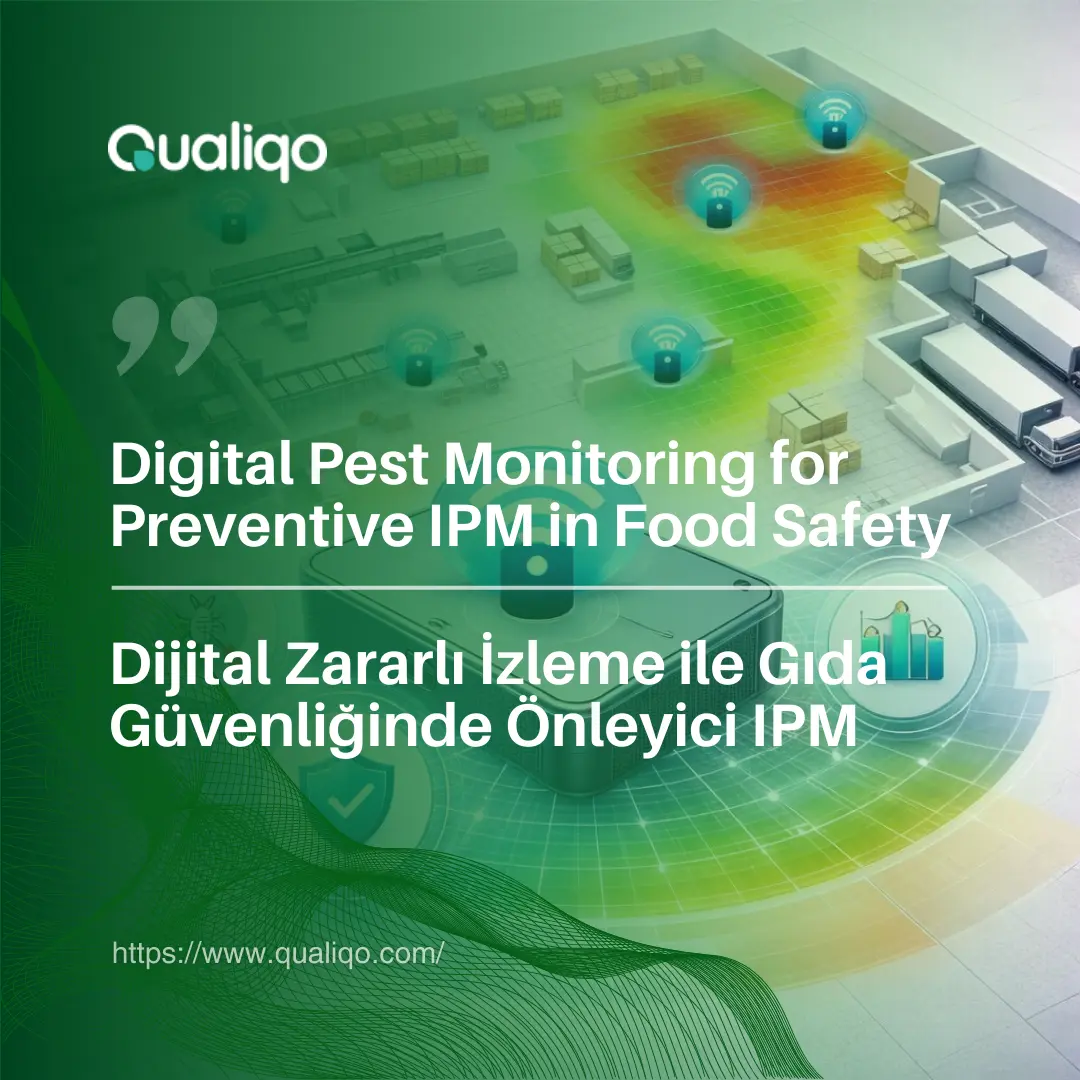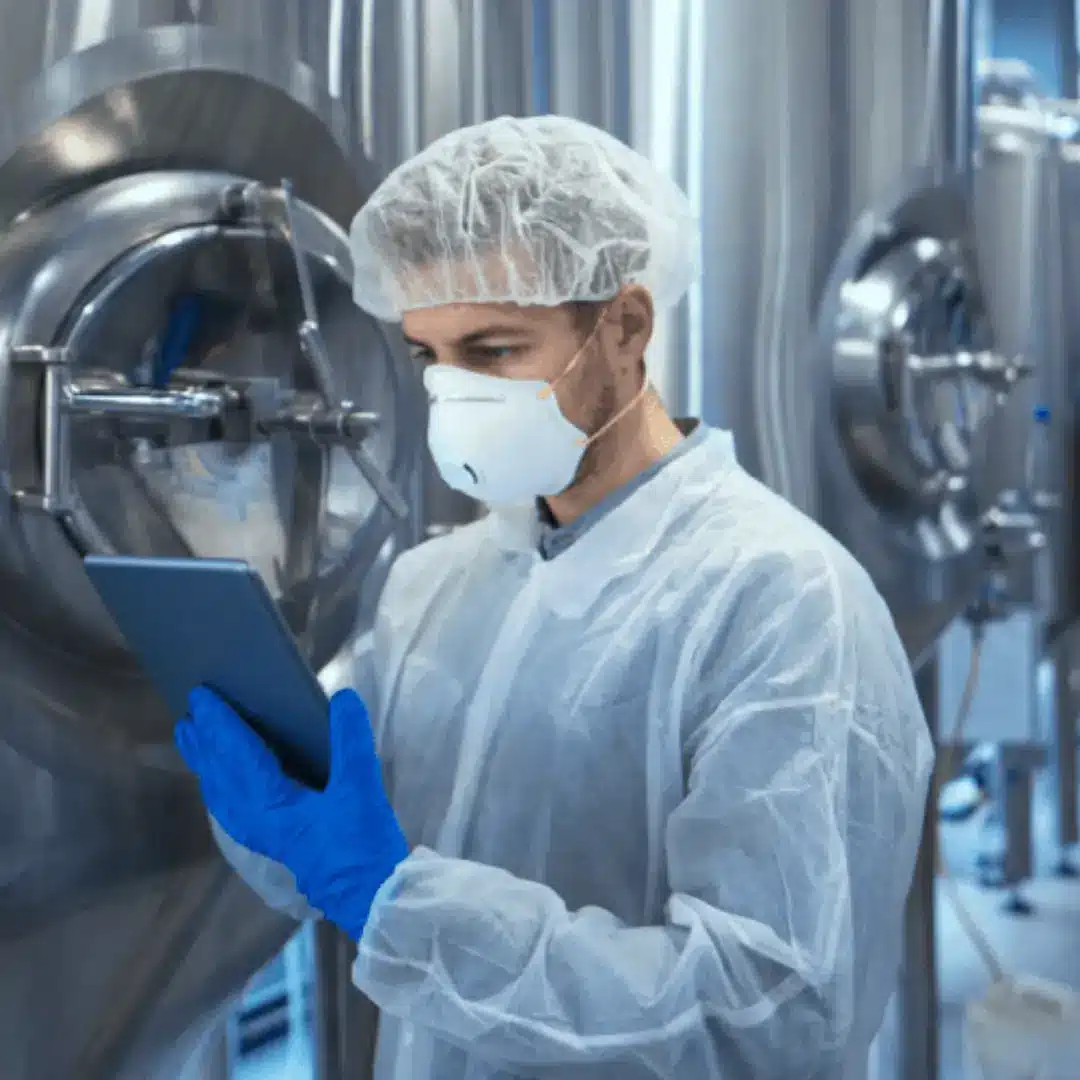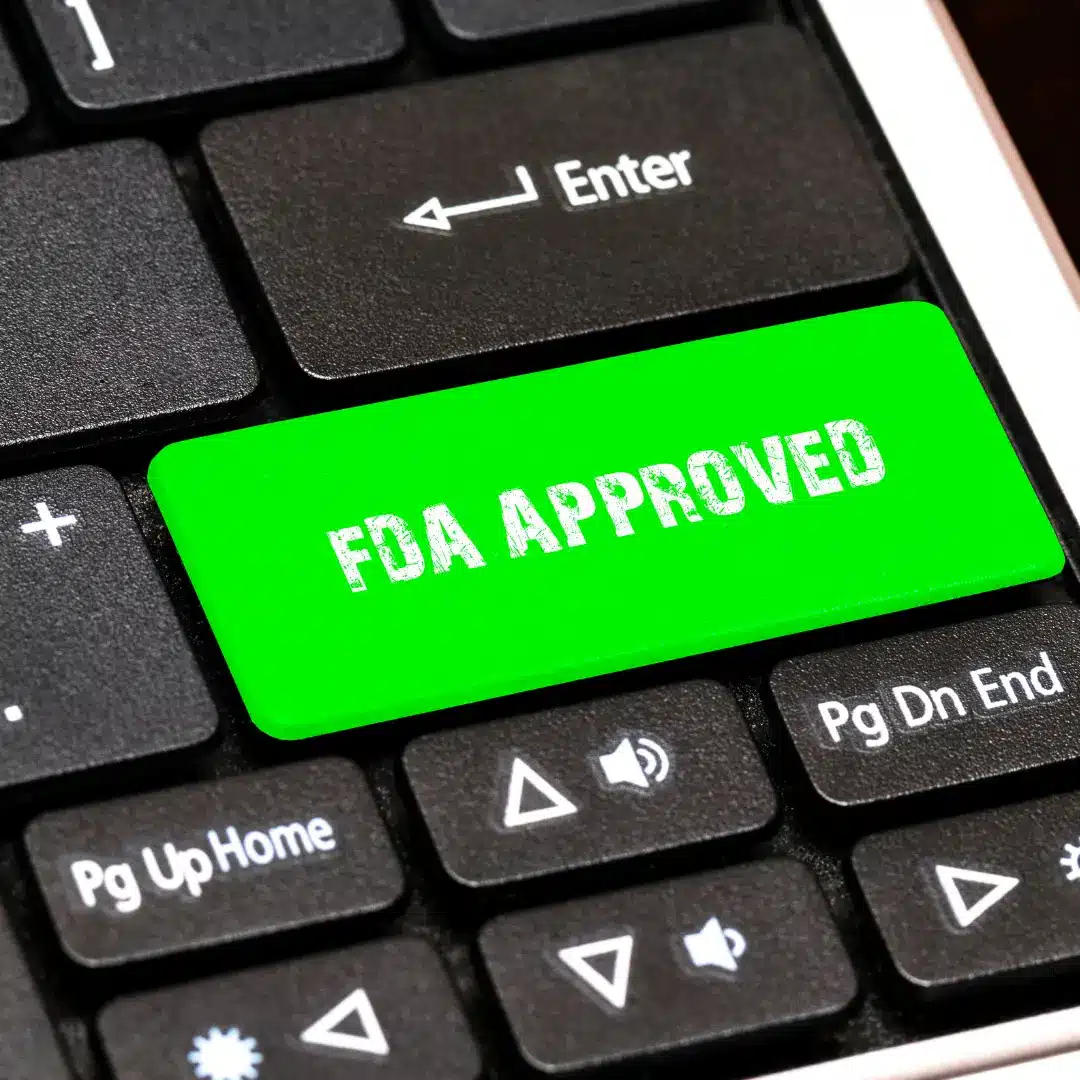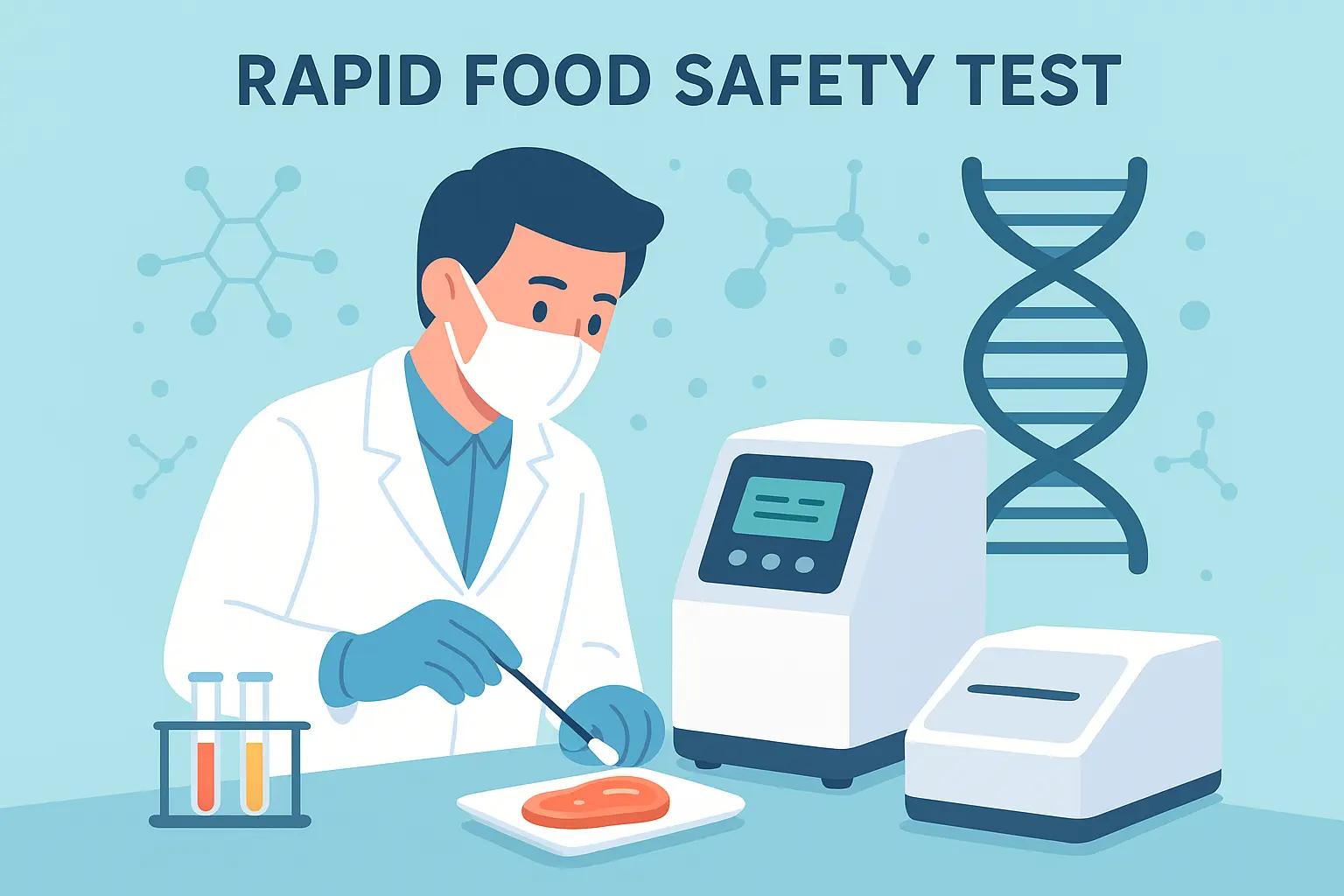What is the PDSA Cycle ?
The Plan-Do-Study-Act (PDSA) Cycle, also known as the Deming Cycle, is a systematic series of steps for continuous improvement in processes, products, or services. Originally developed by Dr. W. Edwards Deming, the PDSA cycle is widely used in various industries, including healthcare, manufacturing, and food safety management, to enhance operational efficiency and effectiveness.
In the context of food safety management, the PDSA cycle provides a structured approach to identify issues, test solutions, and implement changes that lead to safer food handling practices, improved compliance with regulations, and reduced risks of foodborne illnesses.
1. Plan: Laying the Foundation for Improvement
The first stage of the PDSA cycle involves meticulous planning, where the focus is on identifying problems, setting objectives, and creating a comprehensive action plan.
Identify the Problem
Start by conducting a thorough assessment of your current food safety practices. This might involve reviewing past audit reports, analyzing customer complaints, examining inspection results, and gathering feedback from staff. Identify specific areas where food safety could be at risk, such as cross-contamination, improper storage, inadequate sanitation, or gaps in employee knowledge. For example, if a recent audit revealed that employees were not consistently following handwashing protocols, this could be identified as a critical area for improvement.

Set Objectives
Once the problem is clearly defined, establish specific, measurable, achievable, relevant, and time-bound (SMART) objectives. These objectives will guide your efforts and provide a benchmark for evaluating success. For instance, an objective might be to “Reduce incidents of cross-contamination during food preparation by 50% within the next six months.”
Develop a Detailed Plan
With objectives in place, develop a detailed action plan that outlines the steps necessary to achieve them. The plan should include the resources required, a timeline for implementation, and any potential challenges that might arise. For example, if the issue is related to hand hygiene, the plan could involve revising handwashing procedures, installing additional handwashing stations, and scheduling regular training sessions for employees.
Assign Responsibilities
Clearly define who will be responsible for each aspect of the plan. This might include assigning roles to different team members, such as quality assurance personnel, kitchen staff, and managers. Ensuring everyone understands their responsibilities is crucial for successful implementation.
2. Do: Implementing the Plan
In the “Do” phase, the focus shifts from planning to action. This is where the plan is put into practice on a small scale, allowing the organization to test the changes and gather data.
Pilot Testing
Rather than implementing the entire plan across the organization immediately, start with a pilot test. This involves applying the plan in a controlled environment or specific area of the facility to monitor its effectiveness before a full-scale rollout. For example, if the plan involves new procedures for sanitizing equipment, you might begin by implementing these procedures in one section of the kitchen or one shift.
Train Employees
Before or during the pilot test, provide training to all relevant staff members to ensure they understand the new procedures and the reasons behind them. Clear communication is key to gaining employee buy-in and ensuring consistent implementation. For instance, hold a workshop to demonstrate the correct handwashing technique, emphasizing the importance of compliance in preventing foodborne illnesses.
Collect Data
As the plan is implemented, collect data to monitor its impact. This might involve tracking the frequency of handwashing, conducting swab tests for contamination, or gathering employee feedback on the new procedures. Data collection should be systematic and aligned with the objectives set in the planning phase.
3. Study: Analyzing the Results
The “Study” phase is dedicated to evaluating the outcomes of the pilot test and determining whether the changes led to the desired improvements.
Analyze Data
Review the data collected during the “Do” phase to assess the effectiveness of the changes. Use statistical analysis, charts, and graphs to visualize trends and identify any significant patterns.For example, compare the contamination levels before and after the implementation of the new sanitation procedures. If there’s a noticeable reduction in contamination, this indicates that the changes are effective.
Evaluate Against Objectives
Compare the results to the objectives set in the “Plan” phase. Determine whether the changes met, exceeded, or fell short of expectations. This evaluation will help you understand the impact of the intervention and whether further adjustments are needed.For instance, if the goal was to reduce cross-contamination by 50% and the data shows a 40% reduction, you might consider additional measures to close the gap.
Identify Barriers
If the results are not as expected, identify any barriers or challenges that may have hindered success. This could involve logistical issues, lack of employee adherence to new procedures, or unforeseen complications.For example, if the new handwashing stations were not used as frequently as expected, investigate why—perhaps their location is inconvenient, or the training wasn’t sufficient.
4. Act: Standardizing and Scaling
The final stage of the PDSA cycle involves making decisions based on the study’s findings and acting accordingly.
Standardize Successful Changes
If the pilot test was successful, standardize the new procedures across the entire organization. Update your food safety management system, revise standard operating procedures (SOPs), and incorporate the changes into employee training programs.For instance, if the new sanitation procedures effectively reduced contamination, these should be documented in the SOPs and made a permanent part of daily operations.
Communicate Results
Share the results of the PDSA cycle with all stakeholders, including employees, management, and external partners (such as suppliers or auditors). Transparency helps build trust and ensures everyone is aligned with the new practices.
Make Adjustments and Reiterate
If the pilot test did not fully meet the objectives, use the insights gained to adjust the plan and run the cycle again. Continuous improvement is the goal, and the PDSA cycle can be repeated as many times as necessary to achieve the desired results.For example, if the contamination levels were reduced but not eliminated, consider additional steps such as increasing the frequency of cleaning or introducing new technologies.
Scale the Implementation
Once the changes have been successfully standardized and refined, scale them up across all relevant areas of the organization. This might involve rolling out the changes to all shifts, departments, or locations.For example, after successfully reducing cross-contamination in one kitchen, implement the same procedures in all kitchens within the organization.
Continuous Improvement in Food Safety
The PDSA cycle is not a one-time process but a continuous loop that fosters ongoing improvement. Regularly revisiting and refining your food safety practices is essential to maintaining high standards, adapting to new challenges, and ensuring compliance with evolving regulations.
Regular Reviews
Schedule periodic reviews of your food safety management practices using the PDSA cycle. This could be done quarterly, semi-annually, or annually, depending on the complexity of your operations and the level of risk involved.
Adapting to Changes
The food industry is dynamic, with new regulations, technologies, and risks emerging regularly. The PDSA cycle allows you to adapt to these changes proactively, ensuring that your food safety practices remain up-to-date and effective.
Employee Engagement
Engaging employees in the PDSA cycle fosters a culture of continuous improvement and accountability. Encourage staff to identify potential issues, suggest improvements, and participate in testing new ideas.

What should I consider when planning a PDSA Cycle for food safety?
When planning a PDSA Cycle for food safety, consider the following:
- Specificity: Focus on a specific issue that can be measured and improved.
- Resources: Ensure that you have the necessary resources, including time, personnel, and tools.
- Data Collection: Plan how you will collect data to measure the effectiveness of the changes.
- Employee Involvement: Engage employees at all levels to ensure they understand the objectives and their roles.
Did you get enough information about “The Plan-Do-Study-Act (PDSA) Cycle in Food Safety Management“
Qualiqo is here to help you. It answers your questions about sanitation and hygiene, Lab. & EMP, IPM and Pest Control. We also provide information about the main features and benefits of the software. We help you access the Qualiqo demo and even get a free trial.
Frequently Asked Questions (FAQ)
To ensure that successful changes are sustained:
Standardize Procedures: Incorporate the changes into standard operating procedures (SOPs) and training programs.
Monitor Compliance: Regularly monitor and audit compliance with the new procedures.
Ongoing Training: Provide continuous training and refresher courses for employees.
Engage Leadership: Ensure that management is committed to maintaining the improvements and providing the necessary support.
Yes, the PDSA Cycle is particularly useful for ongoing food safety audits. By continuously applying the cycle, you can regularly assess and improve your food safety management practices, ensuring that you remain compliant with regulatory requirements and are prepared for both internal and external audits.
Employee training is critical in the PDSA Cycle, especially during the “Do” and “Act” phases. Effective training ensures that all employees understand and adhere to new procedures, which is essential for the successful implementation and sustainability of changes. Continuous education and engagement also help foster a culture of safety and improvement.













